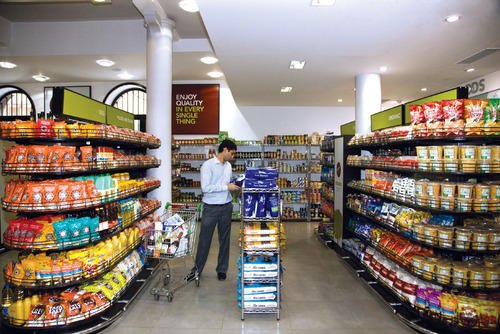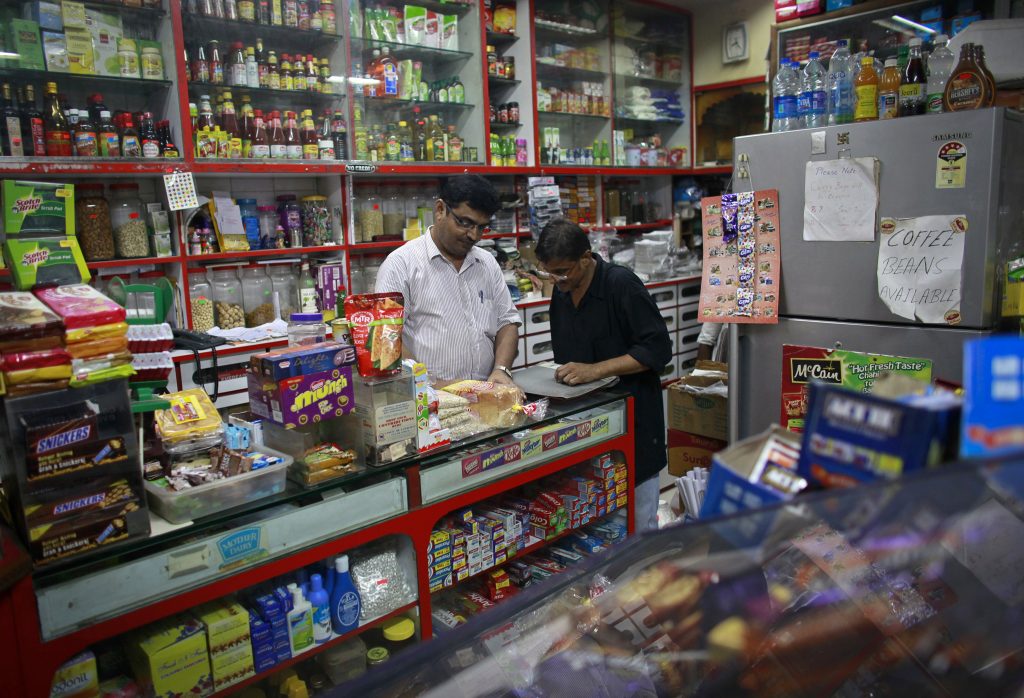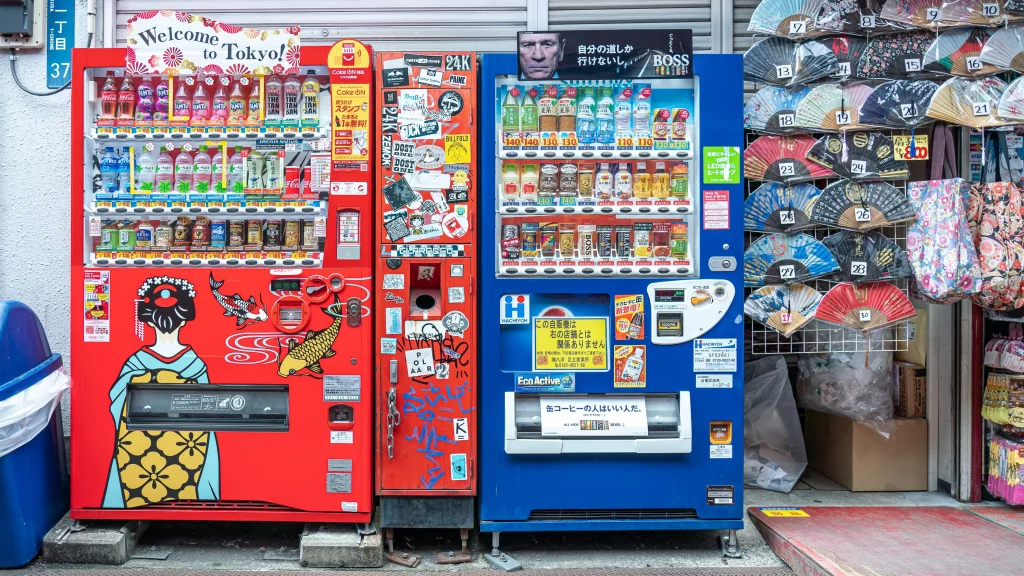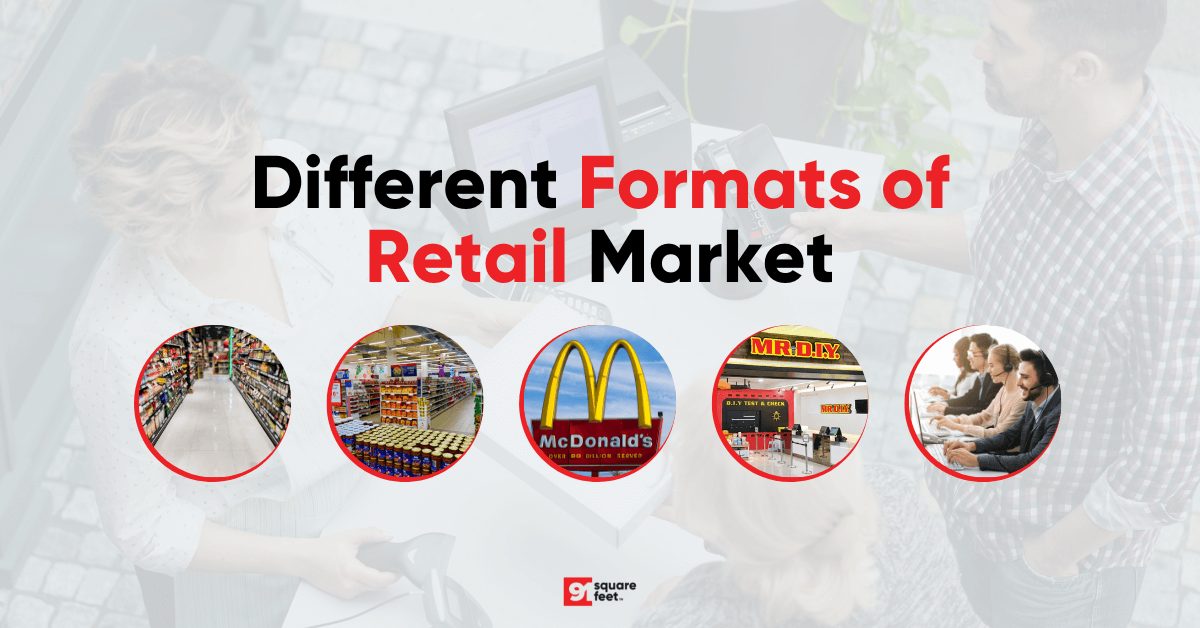Derived from the French words ‘re’ and ‘tailer,’ retail means to “cut again.” In a way, that is precisely what today’s retail means. Goods are sold in limited quantities to make a profit in different formats of retail stores today.
It involves many activities that end with the final sale to end customers for personal and non-business uses. If you are selling goods from a fixed location, be it a departmental store or a kiosk, you are an active member of the retailing community.
In the retail business, a retailer typically purchases goods from manufacturers, wholesalers, and importers directly and sells them in small quantities to the final consumers.
Essentially, they are some of the essential parts of the entire distribution strategy of goods and the last element of the supply chain.
Different Formats of Retail Market
Naturally, there are diverse kinds of retail stores. Let’s take a look at the most famous ones prevalent at present:
1. Department Stores
We see departmental stores popping up in every nook and cranny nowadays, a testament to their burgeoning success. Department stores are large stores that sell diverse kinds of goods under one roof in different compartments or, as the name suggests, departments.

Image Source: indiamart.com
Every department has an individual specialization of merchandise, and each such store is handled separately in terms of location, management, and accounting.
There’s the latest trend in department stores wherein sections for recreational equipment, sports, and automotive aspects are included along with services such as insurance, travel advice, and income tax preparations.
Department stores are no short of shopping complexes.
2. Supermarkets
These are self-serving stores selling a wide range of food and other products. Supermarkets usually have at least four basic departments: dairy produce, self-service grocery, meat, and household items.
They are either operated by owners or given on lease. In supermarkets, you will see goods displayed in bulk, most of all at low prices. They are typically located in a nearby housing area to facilitate easy access.

Image Source: foodnavigator-asia.com
If you ever see nationally advertised brands in an expansive building with convenient parking, it is a supermarket. They often have a strict “cash and carry policy.” Though, with the popularity of online banking, it might not remain the case for long.
3. Online Retailing
If a firm offers goods on its website or e-commerce sites, it can be called online retailing. Online marketing usually involves more than one business, with the buyer as the ultimate customer.
Platforms such as Amazon.com, Pets Mart, and CDNow.com are some great examples of online retail. Admittedly, it takes some investment to set up fully functioning online operations, and this is where online marketing and attractive advertising come in!
Frequently, online marketing sees a lull in its sales and becomes a party to losses, with the number of discounts and offers offered consistently.
4. Mom and Pop Stores
A small, family-owned, independent retail format that often faces tough competition from well-established big businesses. Mom-and-pop stores can rarely afford fancy product marketing.
It can be a bookstore, an insurance agency, a restaurant, an automotive repair shop, or pretty much anything. With the demand for personalized products and services at an all-time high, the popularity and recognition of mom-and-pop stores have been on a steady rise.

Image Source: asia.nikkei.com
Often, mom-and-pop stores integrate their businesses online to accelerate orders, regardless of the geographical location. These stores can garner the support of the local communities, who would rather trust local businesses than foreign brands.
5. Telemarketing
Telemarketing, also known as telephone selling, involves a salesperson initiating a sale over the call to a prospective buyer and closing it over the same phone call.
Through cold canvassing from a directory, telemarketing agents can attempt to sell a diverse range of products, from magazine subscriptions, club memberships, and pest control devices to credit cards. The transaction is over the call and does not involve real-time store visits.
Telemarketing is often criticized by the broad customer base for violating their right to privacy. This has resulted in numerous places restricting telemarketing activities, though telemarketers are still rising.
Many people like the convenient concept of phone shopping. With the introduction of computers that can dial automatically, deliver pre-recorded messages, or record information, the cost of selling through telephones has also gone down considerably.
6. Automatic Vending
This one is interesting. It requires no contact between a seller and a buyer. Not even a delivery executive! Through automatic vending machines, products from well-known brands can be sold with great turn-overs.
Automatic vending machines are usually used for the 4 Cs- coffee, cigarettes, cold drinks, and candies. This is a great way to attract sales at places with no stores nearby.

Image Source: architecturaldigest.com
Vending machines are installed in colleges, schools, public facilities, and workplaces. It might be expensive to operate these machines since they require repeated refilling and maintenance.
Moreover, frequent vending machine scams often keep entrepreneurs from spending in this retail format. However, technological advancement is touted to take this form of retail forward, with fewer casualties related to out-of-stock products, out-of-order machines, and general theft.
7. Franchising
Franchising involves a business person who owns a business or a franchise and a franchiser who offers businesses. The companies can take up the name of an already-established business to run their own business, given the franchiser’s conditions are met.
The franchiser decides the site location, management, training, financing, marketing, promotions, and record-keeping in most cases. He has the right to advise on standard operating procedures and the trade name of the franchise’s business.
Franchising is an excellent way to conserve capital, lower marketing costs and fixed expenses, and quickly establish a distribution system in no time. The only downside is the lack of liberty for the franchise.
8. Specialty Stores
Lastly, there are speciality stores that are usually small in size, generally offering limited product categories but offering a high level of service.
Be it a drug store, a DIY store, or likewise, speciality stores cater to niche demographics and benefit from garnering widespread attention within those communities. They might not be multi-purpose, but they are best at what they do.
These are the most widely observed kinds of retail markets prevalent at the moment. Each has its pros and cons, but at the end of the day, all that matters the most is driving sales, attracting new customers, and retaining old ones.
The rest will be smooth sailing as long as these concerns are taken care of.
Wrapping Up: Different Formats of Retail Market
In conclusion, these are the different types and formats of retail businesses currently thriving in the market:
- Department Stores
- Supermarkets
- Online Retailing
- Mom and Pop Stores
- Telemarketing
- Automatic Vending
- Franchising
- Speciality Stores
And if you are a brand that wants to expand its retail presence, contact us or mail us at hello@91sqft.com, and we will be more than happy to assist you.


